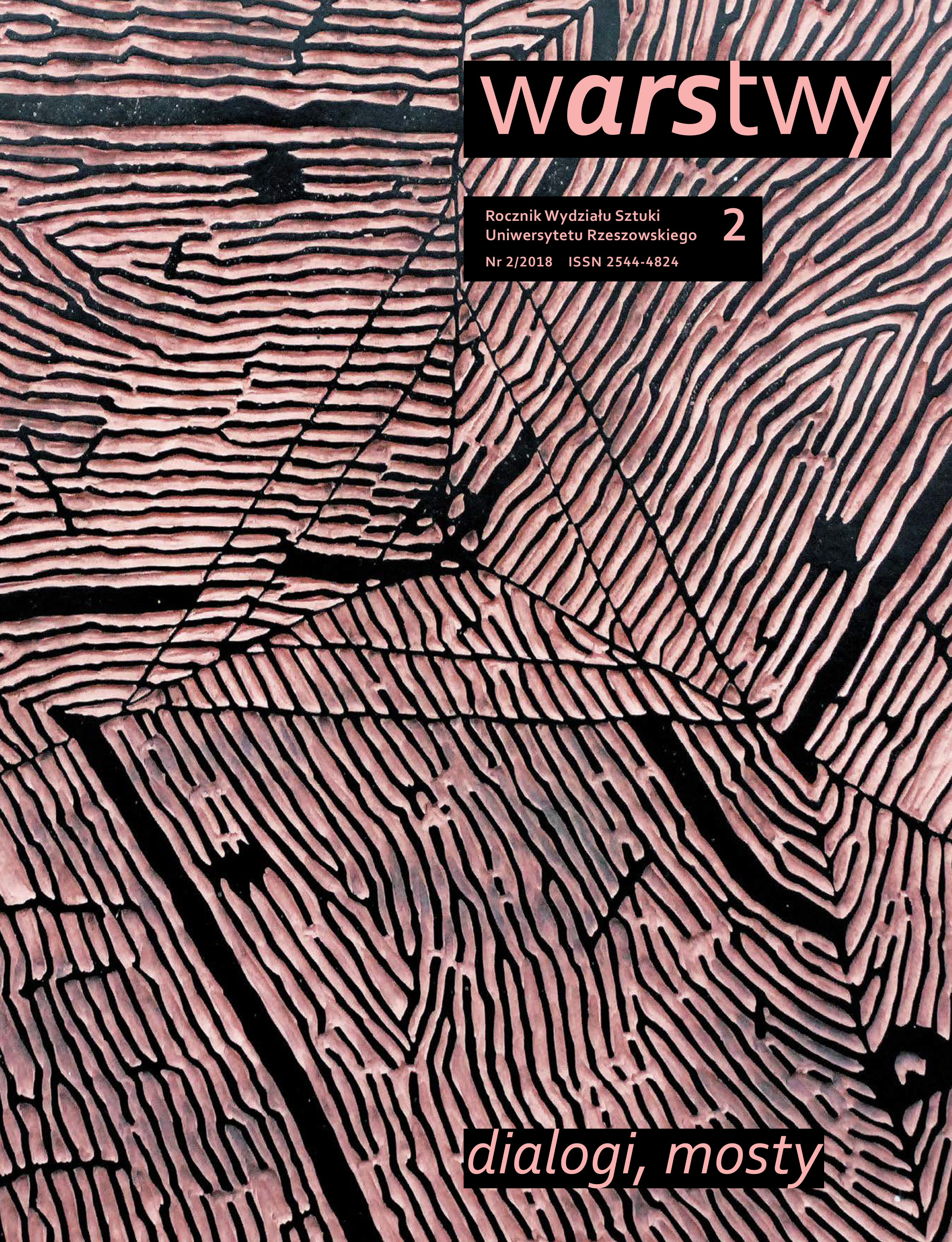Realizm radykalny Luciana Freuda
Słowa kluczowe:
realizm, Lucian Freud, portret, anatomia, akademizmAbstrakt
The article explores the painting of Lucian Freud. The author observes that Freud’s painting is very academic. It is not academicism understood as a trend in art. hedged with rules, hierarchy of themes, the ideal of neo-classical form and the idea of beauty. Indeed, Freud’s painting can be said to be diametrically opposed to any classicizing styles. The author believes the academicism of the artist’s attitude might stem from his style of work taken from the tradition of nineteenth-century art schools. It is reflected in his careful examining of reality. Artistic development is based on hard work, watching nature and studying Old Masters. Lucian Freud is not an avant-garde artist. After his initial fascination with surrealism he avoided any artistic fashions of the past half-century. He does not attempt to change or improve the world with his paintings. He does not fight anyone, nor does he try to engage art in the “correct” social and political ideas. He assumed the stance of a portrait painter, seeing himself as a mere observer. With time, Lucian Freud’s painting would become thicker, more texture-oriented, particularly thickening the paint on the faces and genitals. The bodies, which are again clothed in a thick “painting skin”, are often shown in bold, suggestive poses, often intimate, almost always with a strong expression of existential tension. Presenting nudity in an increasingly bold way, he by no means seeks to shock the viewer with eroticism. The resulting tension stems from the proximity which the artist admits the viewer to through his work, and from the fact the relation is unprotected. Freud’s late work is radical realism, with no meaningful poses, telling gestures, symbolism or lyricism; there is only the painted object, usually a nude figure, and the space of the studio.
Downloads
Pobrania
Opublikowane
Jak cytować
Numer
Dział
Licencja

Utwór dostępny jest na licencji Creative Commons Uznanie autorstwa – Użycie niekomercyjne – Bez utworów zależnych 4.0 Międzynarodowe.


